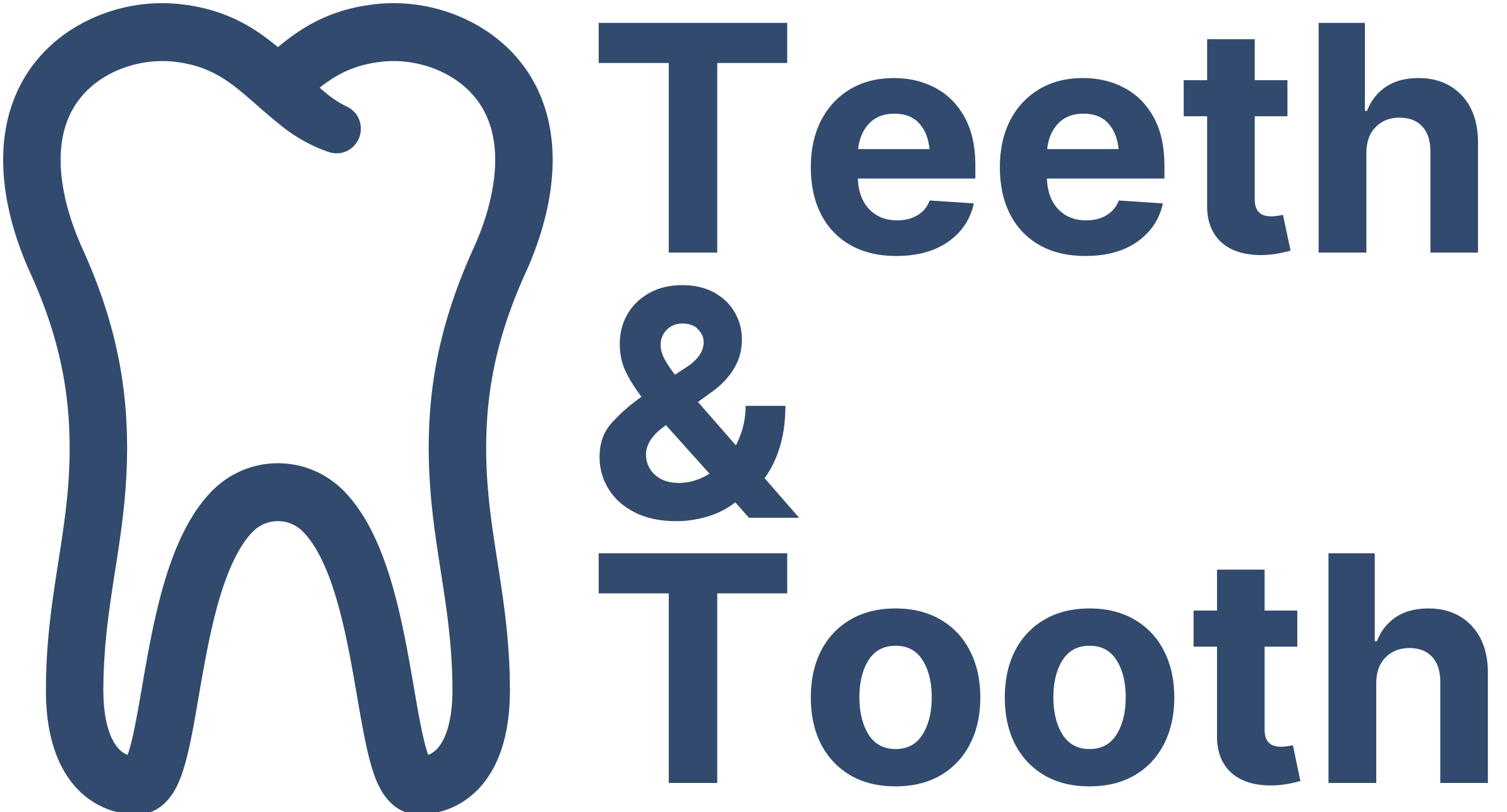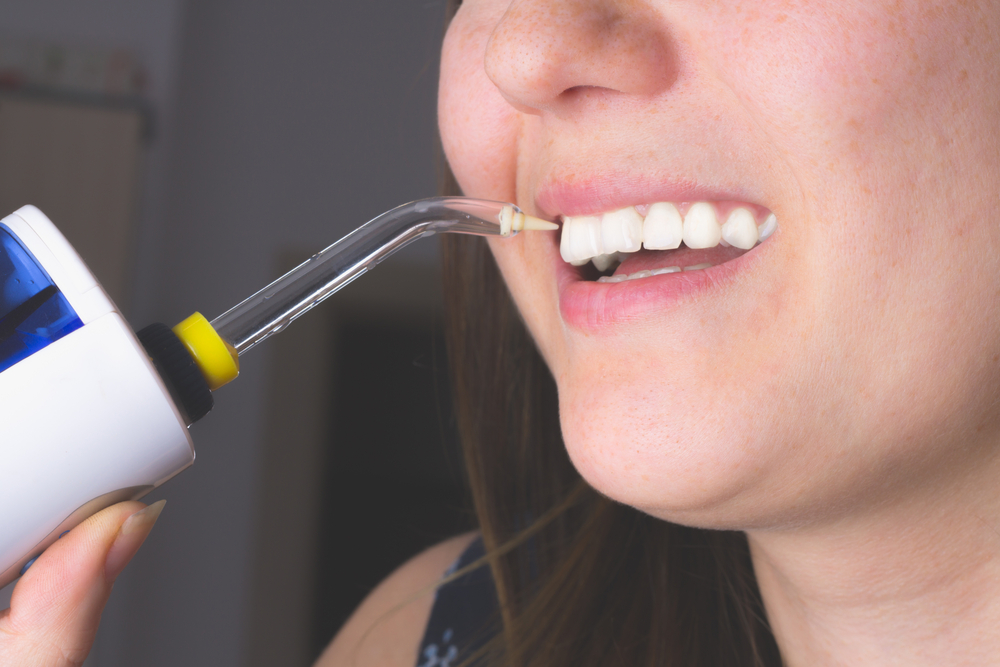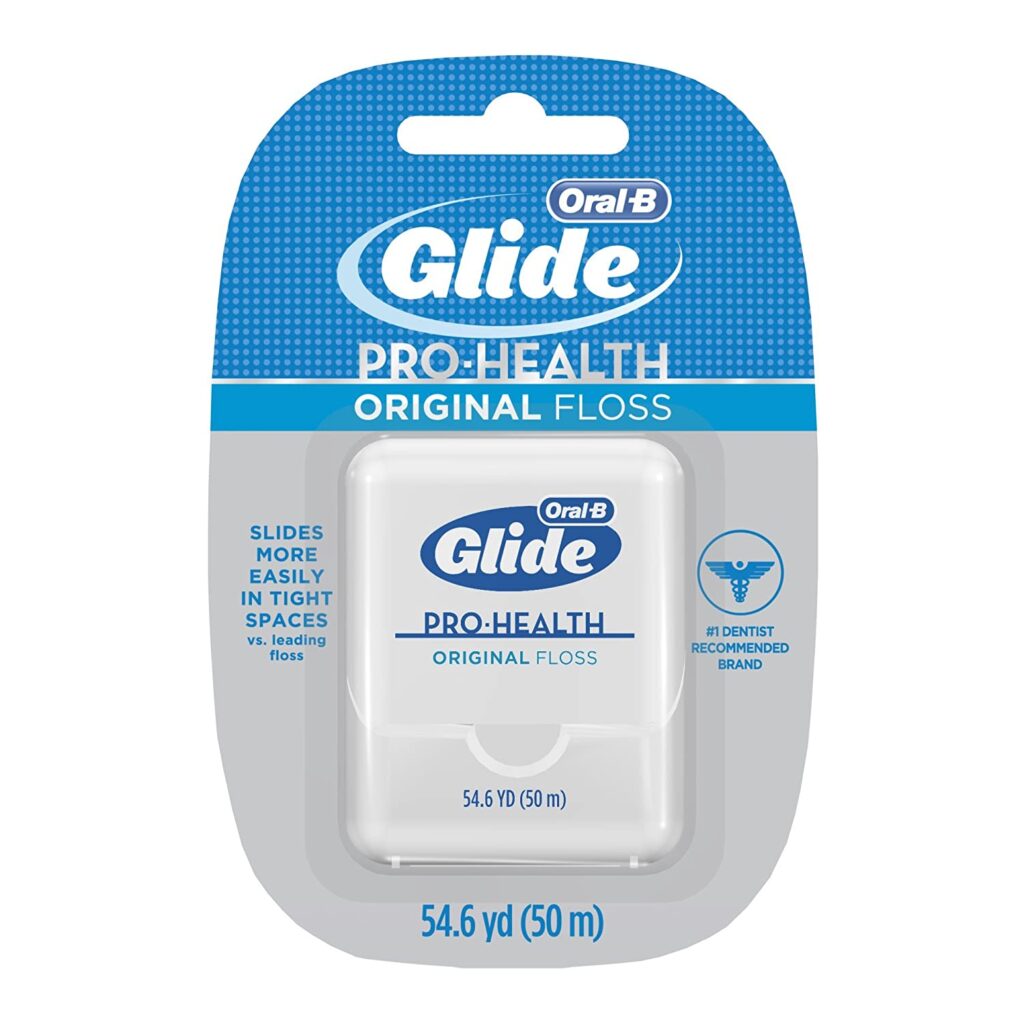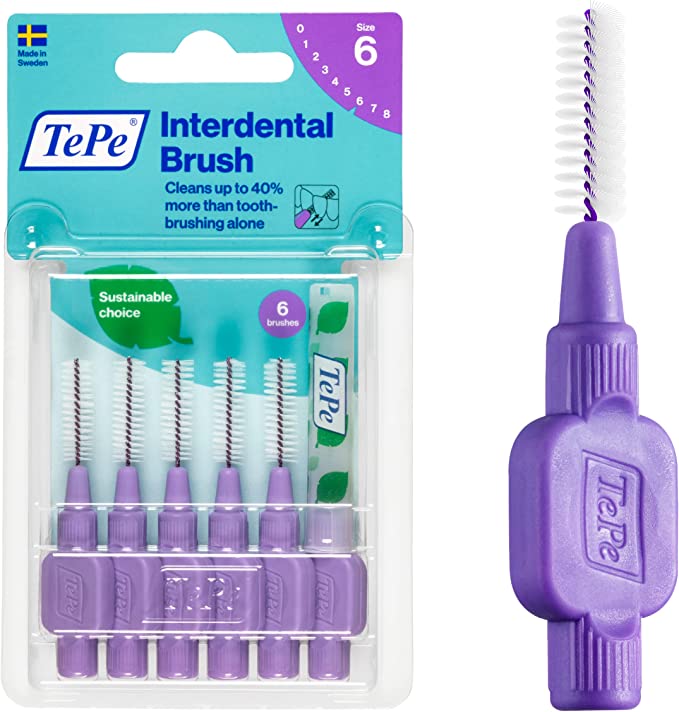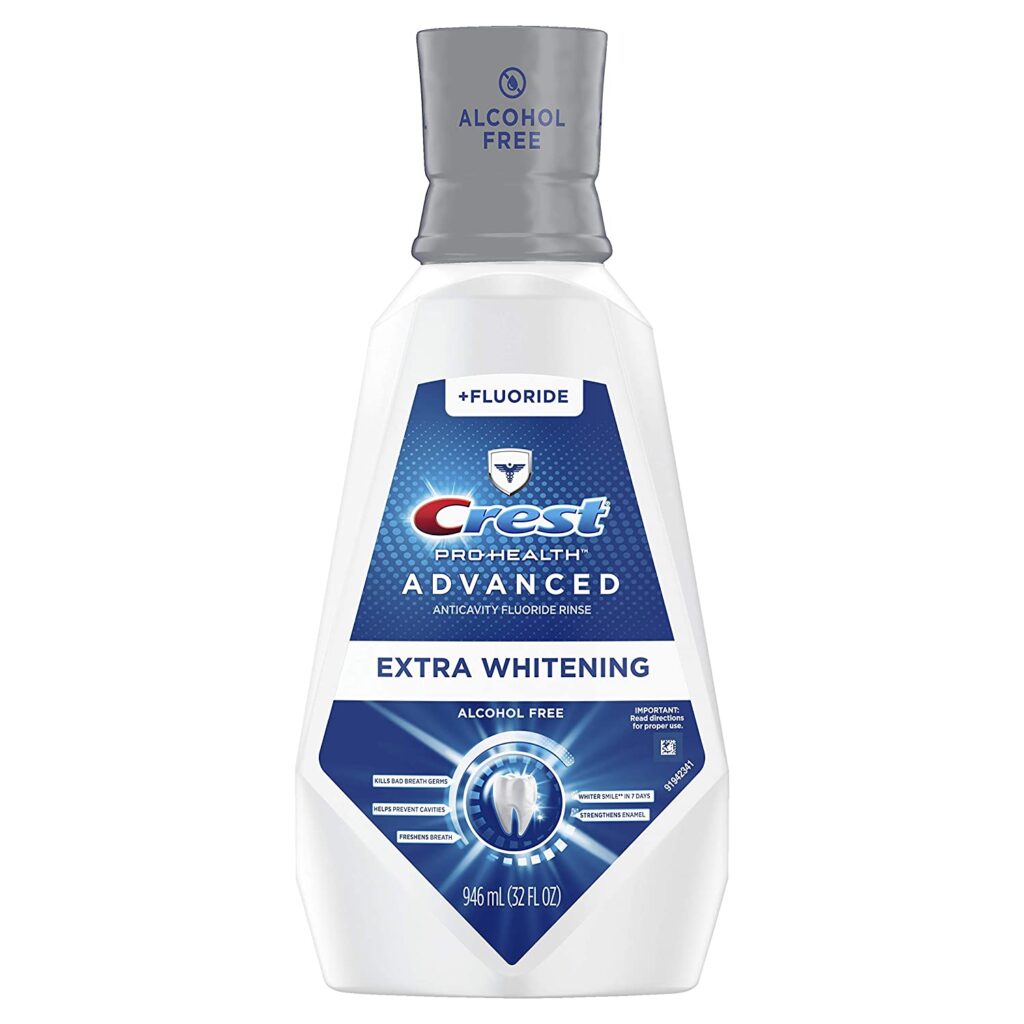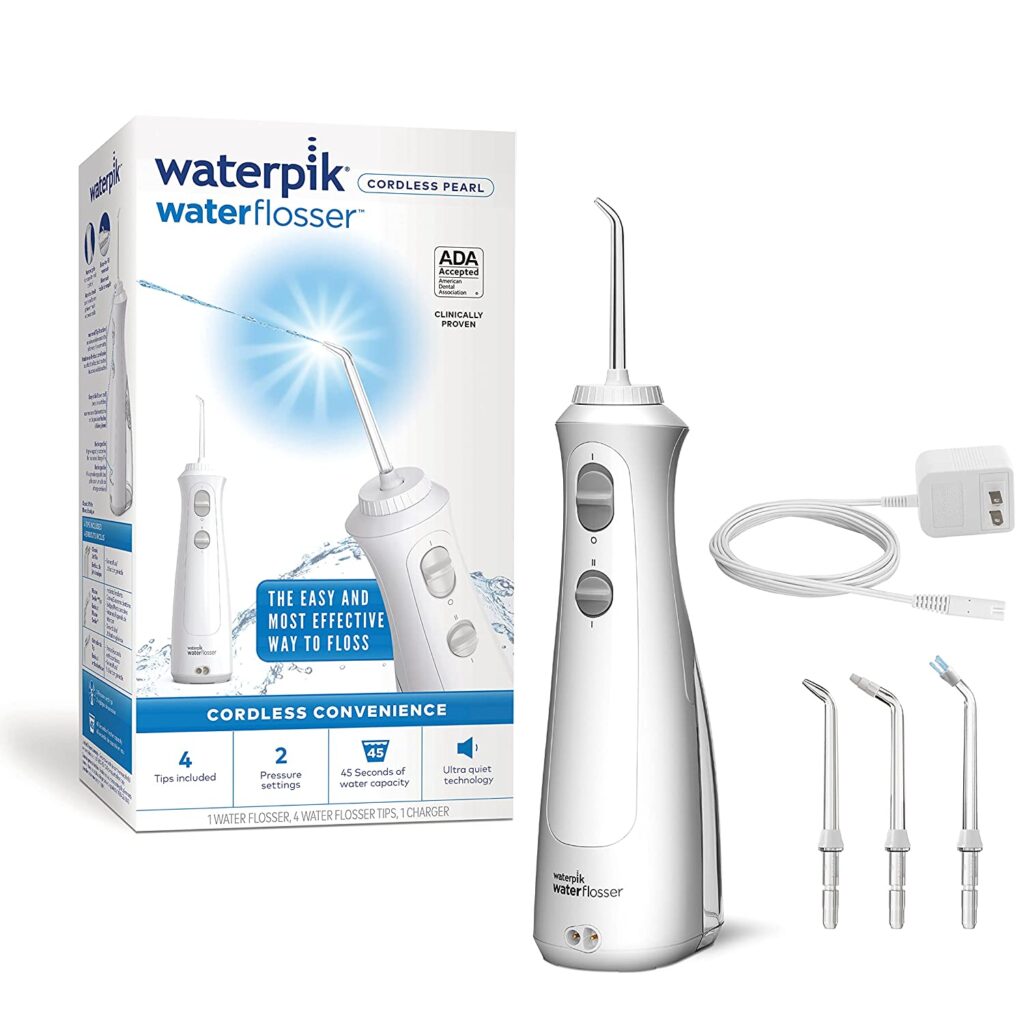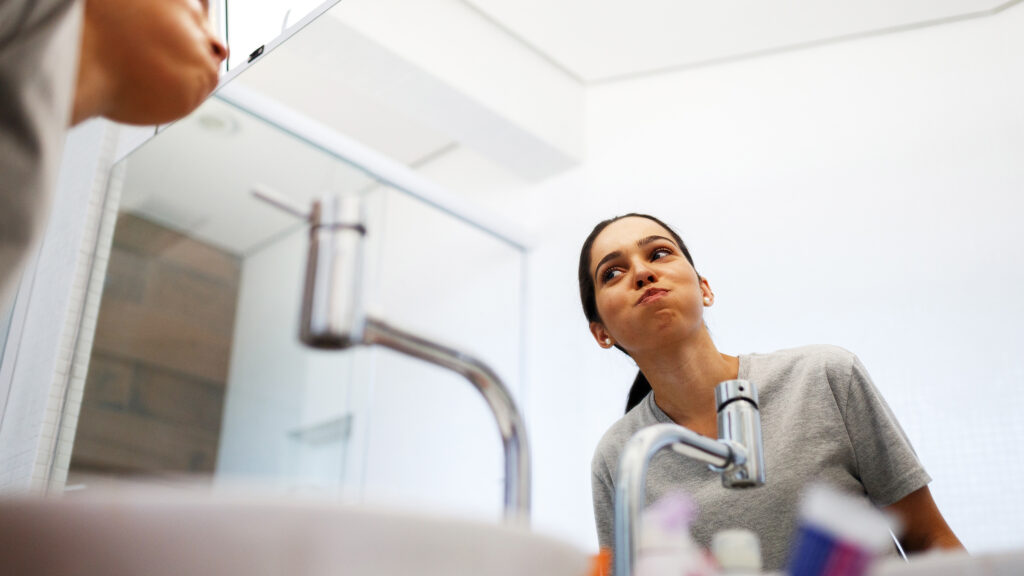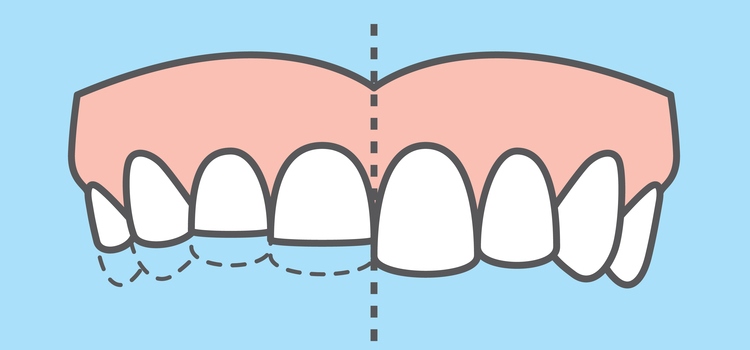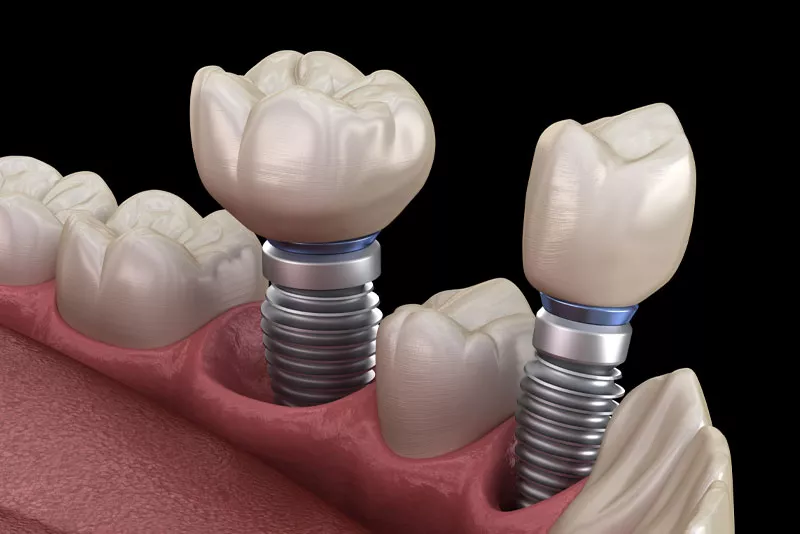Having healthy, white teeth is something we all strive for. And we all know that brushing and flossing our teeth regularly is key to having a great smile. But sometimes, even with our best efforts, we end up with pesky stains between our teeth that won’t go away. If you’re looking for ways to effectively remove those unsightly stains, look no further! In this article, we’ll share with you five proven methods that can help you get rid of any unsightly discolouration on those pearly whites.
Common Causes of Stains in Teeth
Stains between teeth are an all too common problem, and they are an unsightly nuisance that many people face. However, it is important to understand why they form in the first place in order to prevent it from forming. Here are some common causes:
- Poor oral hygiene: If you don’t brush and floss your teeth regularly, food particles and bacteria can build up in the spaces between your teeth/ This leads to the buildup of plaque, a sticky substance that clings to the teeth. Over time, plaque can damage the tooth enamel and cause periodontal disease such as gingivitis
- Consumption of certain foods and drinks: The consumption of food and drinks with high acidity or a dark pigment can cause stains to your teeth if not cleaned away immediately. Some of the common culprits include red wine, coffee, tea, acidic drinks like soda, and sweets. Berries, whether eaten as a whole or drank as a juice, can cause temporary staining due to the deep color of the fruit.
- Tobacco use: The tar and other chemicals in tobacco products can build up on the surface of teeth, causing yellow or brown stains. These stains are notoriously difficult to remove and require professional teeth cleaning or whitening treatments to be completely eliminated. In addition, tobacco use can cause a variety of other problems including bad breath, gum disease, and tooth loss.
- Certain medications: Some medications can cause teeth staining as a side effect. The reasons however, differ according to the medication. Antibiotics such as tetracycline and doxycycline for example, bond to calcium ions and are deposited on the teeth as it is growing. This is mostly observed in children who consume antibiotics over a prolonged period. Other medication such as antihistamines and hypertension medication suppresses saliva production, making it difficult to break down food as well as stain-causing substance that may be present in your mouth.
Removing Stains Between Teeth
Having stained teeth can be an embarrassing problem that is hard to hide. Everyone wants to have a beautiful smile, and removing the stains between your teeth can help achieve that. Luckily, there are several tried and tested solutions that can help you remove those stubborn stains steps without needing to make an expensive trip down to your local dental clinic.
Dental floss. Dental floss is an effective and expensive tool for removing food particles and plaque from between teeth. To use it, wrap the floss around your index fingers, then gently slide it between your teeth, using a sawing motion to remove any debris. Be sure to floss both sides of each tooth to completely remove any stain-causing substances.
Interdental brush. An interdental brush is a small, bristled brush that is specifically designed for cleaning between teeth. Much like a toothbrush, an interdental brush helps to scrub away any substances and stains from the surface of your teeth. To use it, simply insert the brush between your teeth and gently scrub to remove any debris.
Mouthwash: Many big-brand mouthwash contain antimicrobial agents that can help to kill bacteria and remove surface stains between teeth. The swishing action also help to remove any food particles that maybe stuck between your teeth. To use it, rinse your mouth with a mouthwash, making sure to swish the liquid around in your mouth for at least 30 seconds before spitting it out.
Water flosser. A water flosser is a device that uses a jet of water to clear away any plaque and food particles from between teeth. To use it, fill the reservoir with water, then aim the stream at the area between your teeth and use a back and forth motion to remove any debris. For stronger protection to your teeth and gum, fill up your water flosser with mouthwash.
Baking soda and hydrogen peroxide. Baking soda and hydrogen peroxide can be mixed together to create a paste that can help to remove stains between teeth. Baking soda is an abrasive materials that help scrub away any surface stains present on the teeth. On the other hand, hydrogen peroxide work as a natural bleaching agent and uses oxidative molecules to break down stain-causing substances present in your teeth. To use it, mix equal parts baking soda and hydrogen peroxide together to create a paste, then use a toothbrush or interdental brush to apply the paste to the area between your teeth. Gently scrub the paste into the teeth, then rinse your mouth with water to remove any residue. However, it is important to use this method in moderation as overuse can cause tooth sensitive, gum inflammation and in some situations, damage to the tooth enamel.
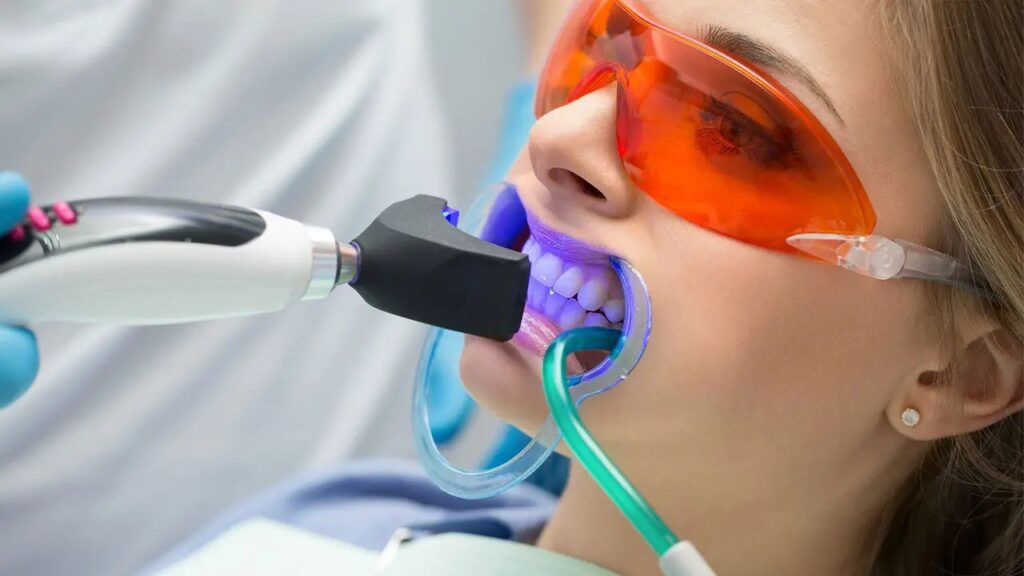
Many of the ways mentioned above are cheap and effective way to remove stains between your stains. However, if the stains are persistent or difficult to remove, consider getting professional treatment at your dentist’s office. This is first done using a combination of scaling and polishing to remove any plaque and surface stains in your teeth. After the removal of surface stains, a whitening treatment is recommended to break down any stain-causing molecules in your tooth. The treatment involves the use of a bleaching agent as well as UV light to activate molecules in the agent.
Last but not least, prevention is better than cure! To prevent stains between your teeth, it’s important to practice good oral hygiene, including brushing and flossing regularly, avoiding or limiting consumption of stain-causing foods and drinks, and not smoking or using tobacco.
